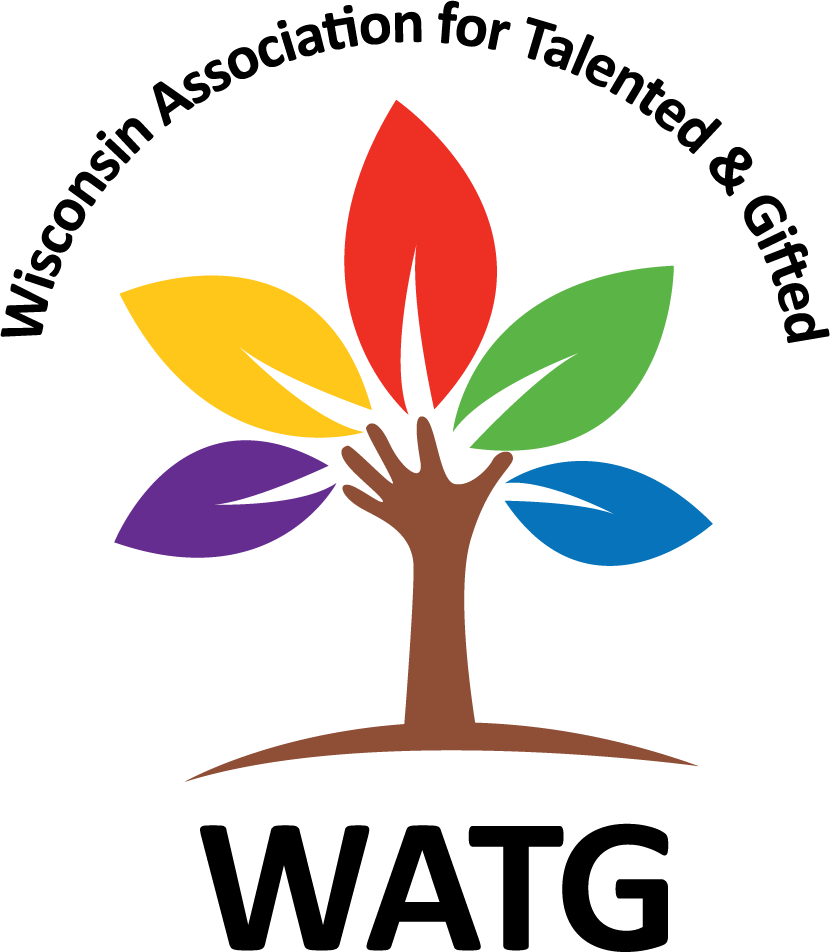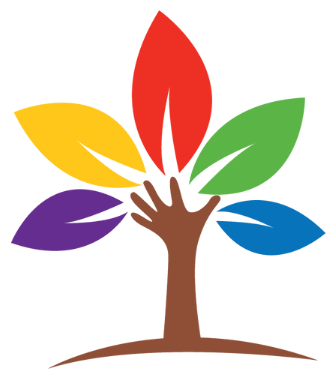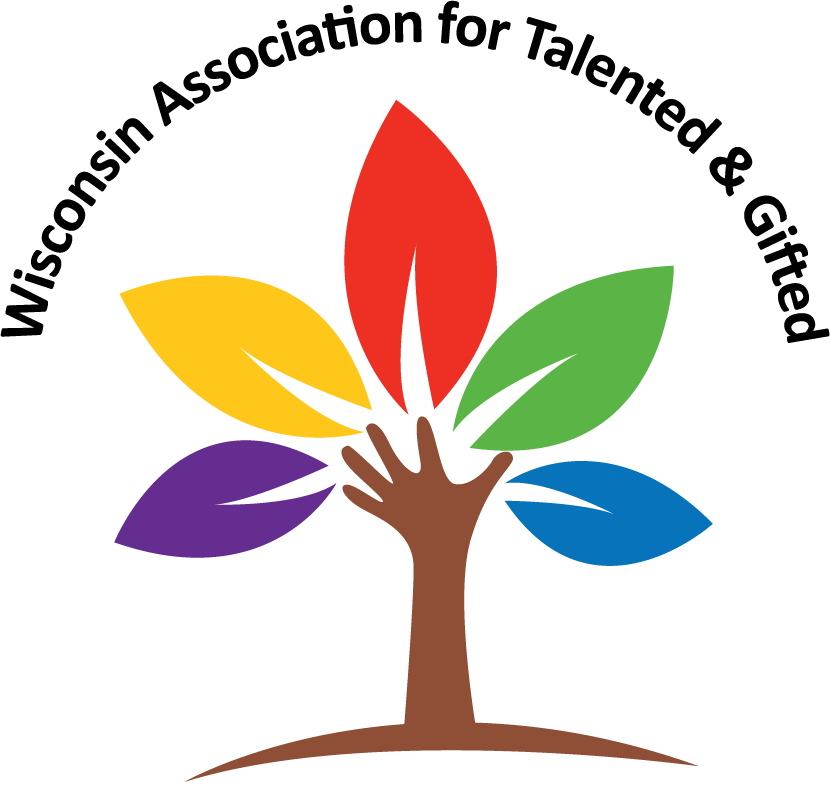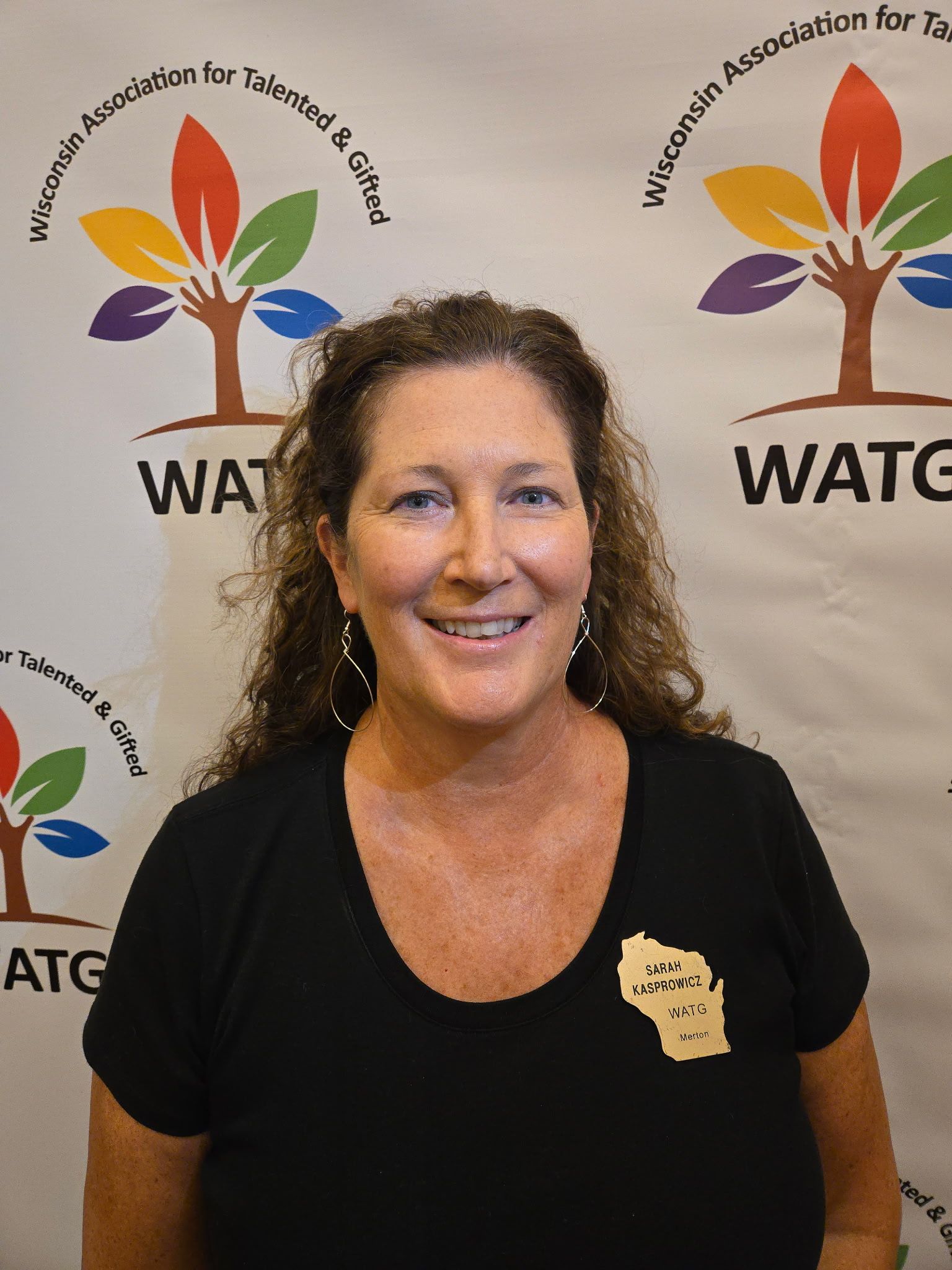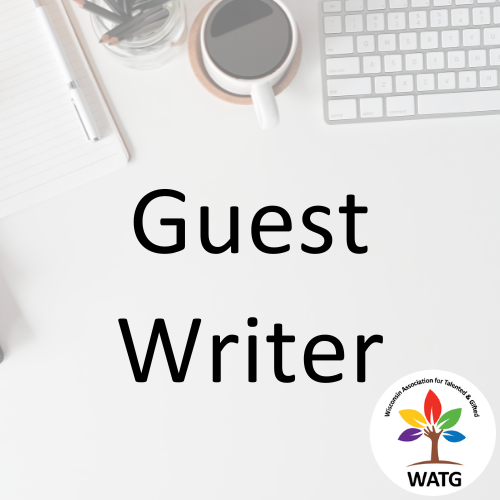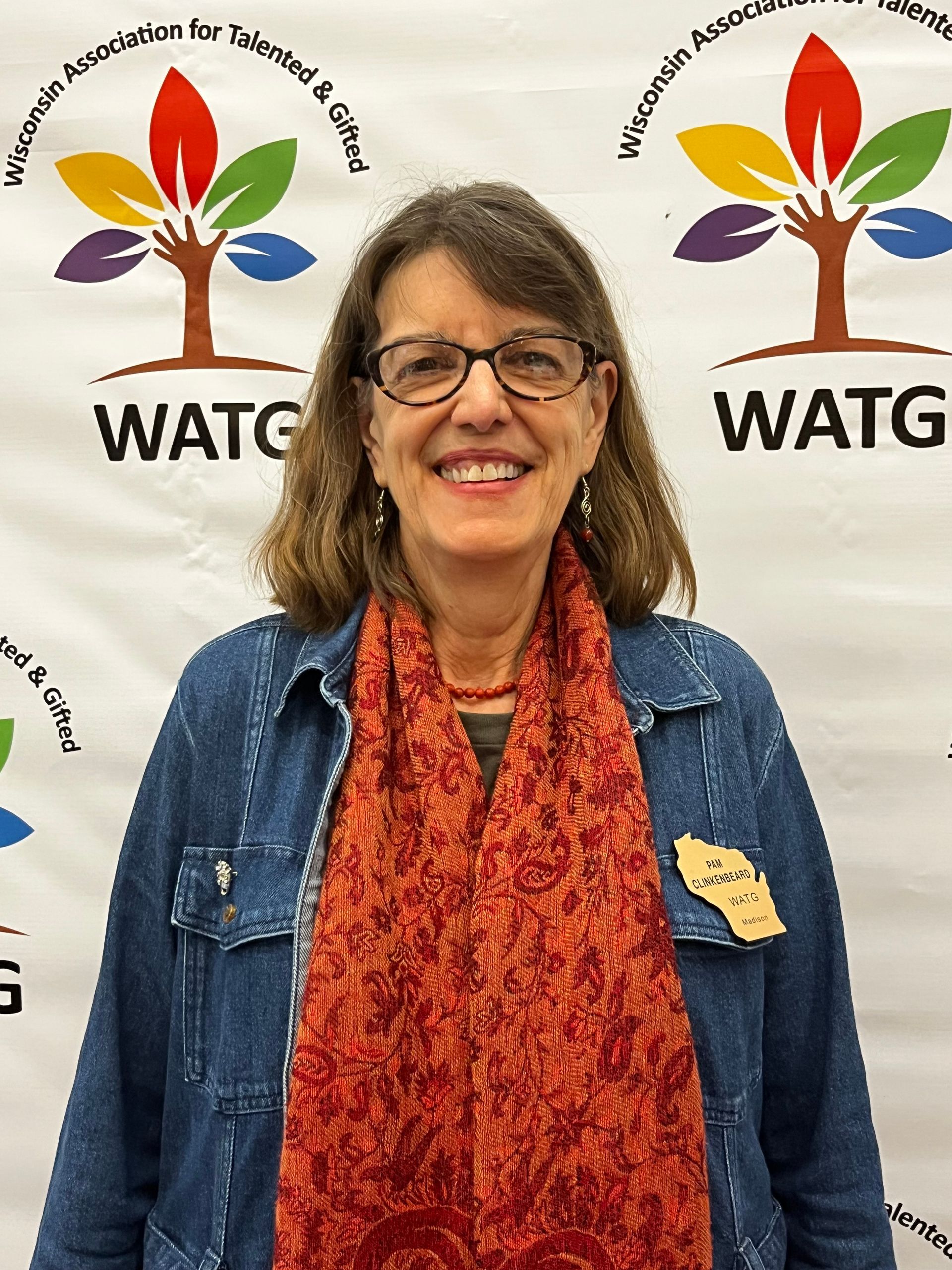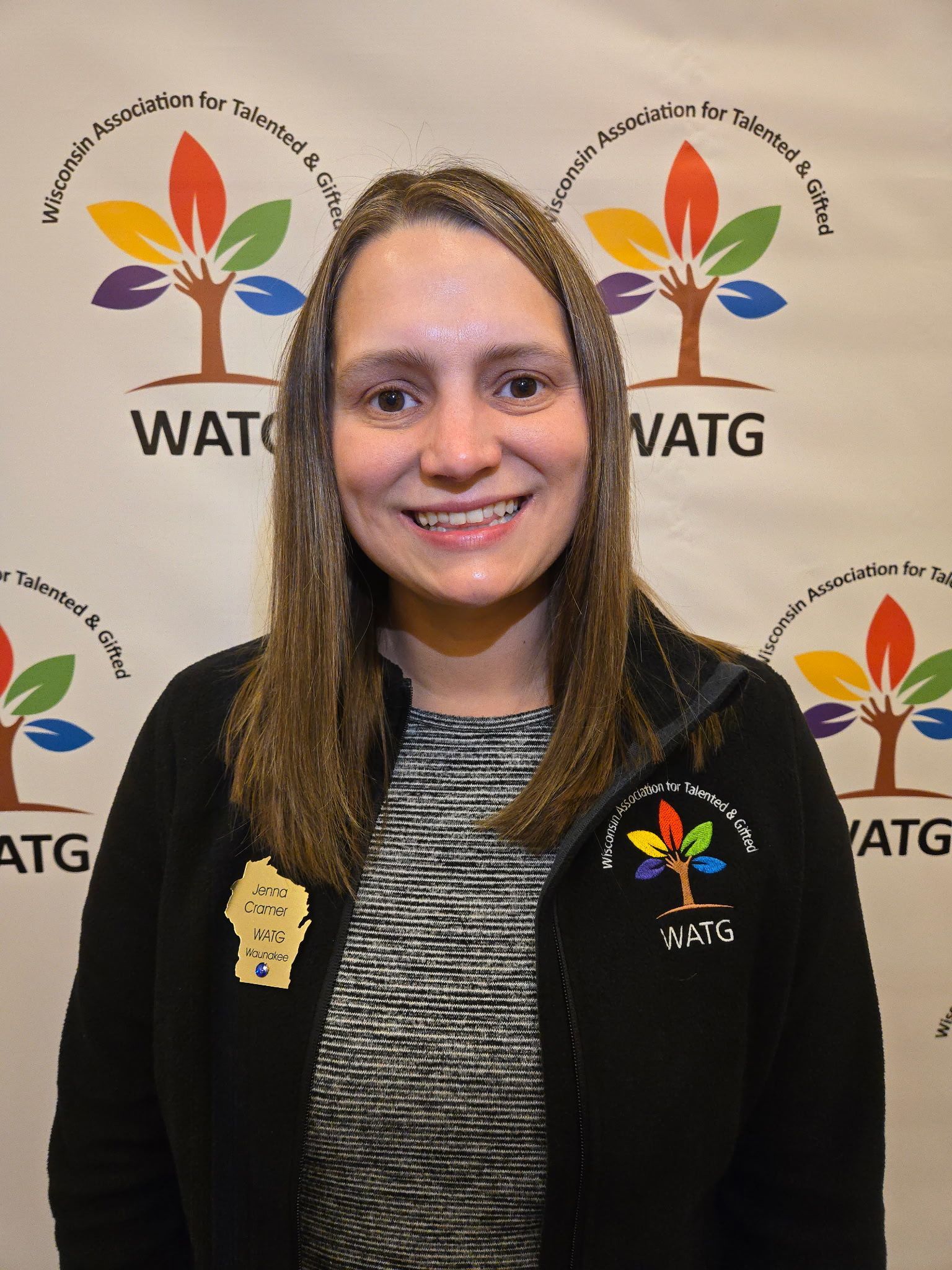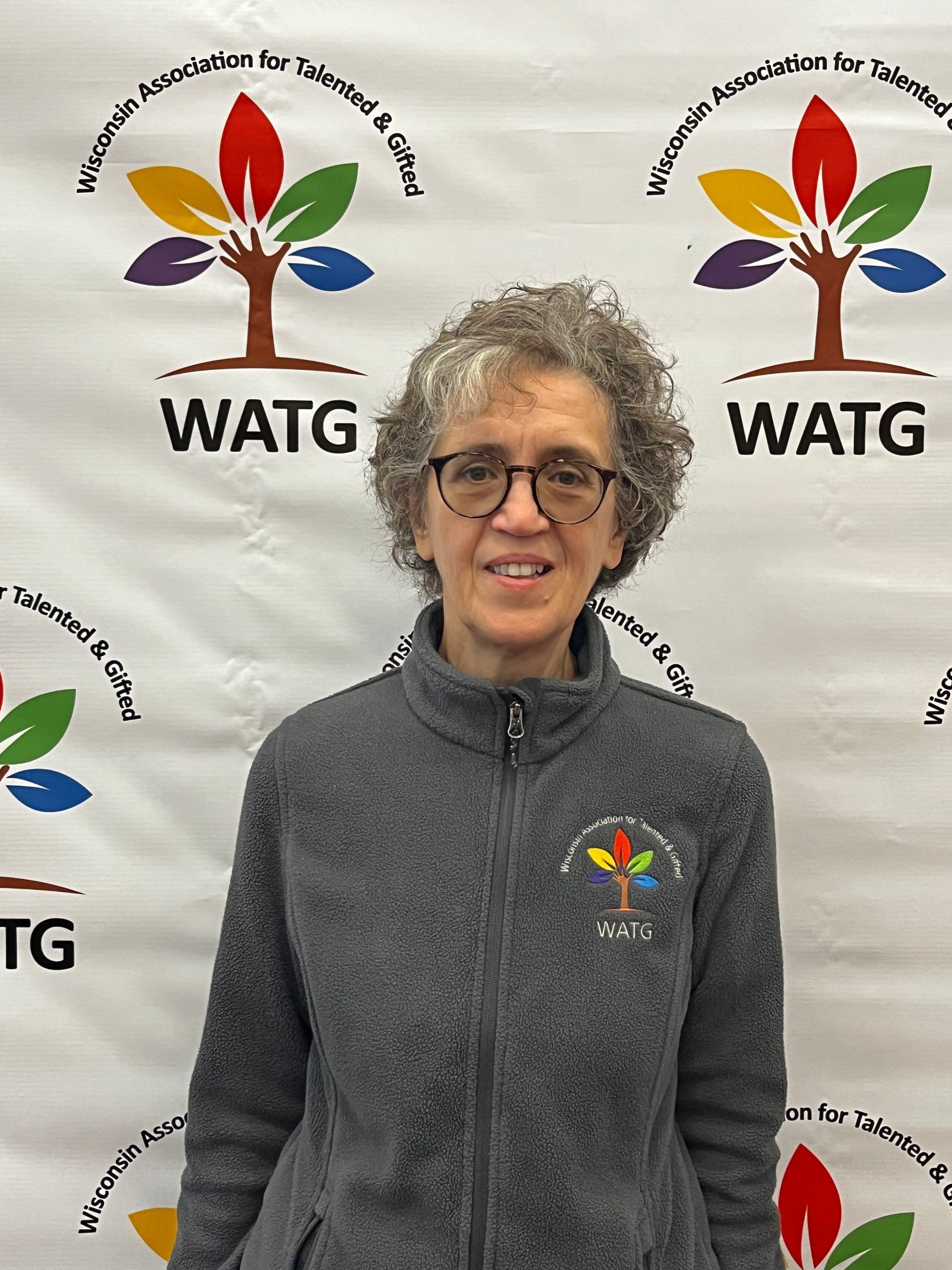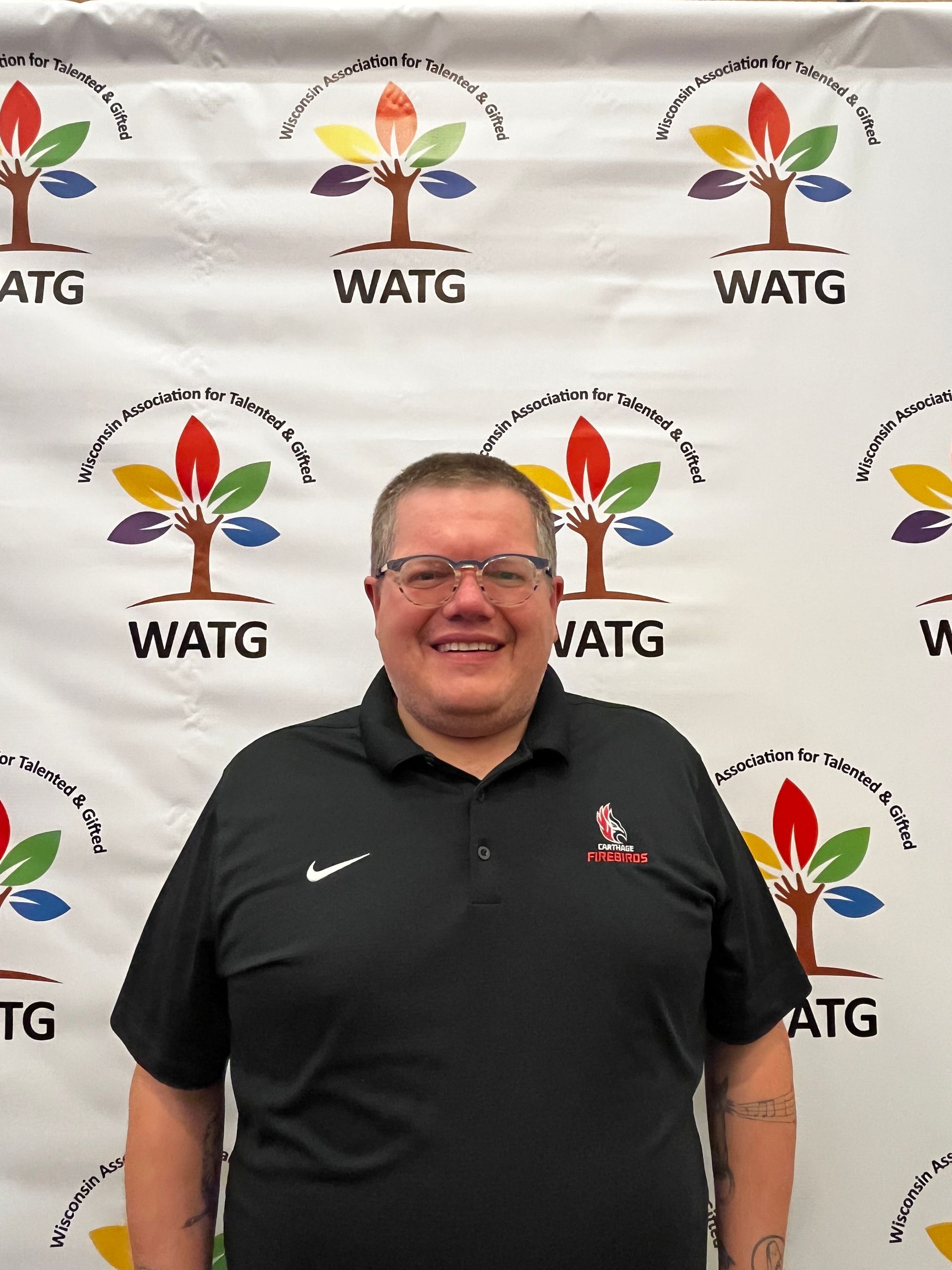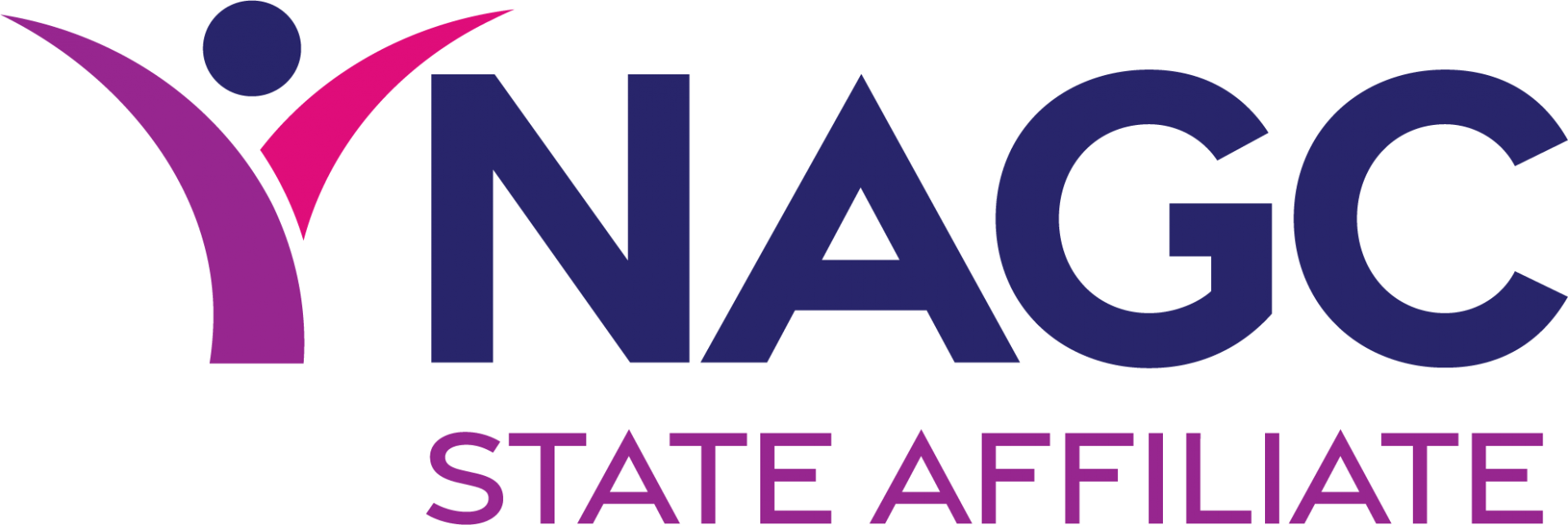Gifted Grows Up: A Coda
At the Fall 2025 WATG Conference, my dear friend Cathy Schmit and I closed the conference with a workshop entitled “Gifted Grows Up”. Being the last scheduled workshop, we had no idea what to expect. Our conference generally deals with gifted youth, not gifted adults, and yet, gifted youth grow up to be gifted adults. We were curious about our participants’ interests, concerns, joys, and challenges of being a gifted adult, and they did not disappoint. Using this video, What Do Gifted Adults Need to Thrive? Ten Things We MUST Have or We Get Extremely Cranky, as a springboard, the discussion was deep, honest, reflective, and searching. You may want to check out the video.
Since the conference, I have done more extensive reading on this topic and recommend a book by Dr. Ellen Fiedler entitled Bright Adults: Uniqueness and Belonging Across the Lifespan. Dr. Fiedler and I worked together decades ago as presidents of Midwest Gifted Associations, she in Michigan and I in Wisconsin. She has gone on to research giftedness in adults, and I have become increasingly interested in this topic as I age and experience my children and gifted students grow up.
Drawing on the work of other researchers, Dr. Fiedler believes that all human beings, gifted included, travel through six developmental stages as they age, and each age has its own challenges and necessary growth. Gifted individuals, like gifted children, often experience these stages with greater intensity, questioning, and challenge. Fiedler’s sums it up like this – “what bright or gifted adults at all these six stages have in common is a tendency to search for answers about how to live their lives and directions they should go…they are usually intense, idealistic, complex, multifaceted, strong-willed, and impatient…and seek to discover if they are ‘there’ yet – that indefinable place where they can find meaning in their lives.” She believes that “in the same way that gifted children often hit their life stages earlier and more intensely than other children, so do gifted adults.”
Dr. Fiedler defined the six stages in this way:
- Seekers: Usually 18-25, on a quest to find their place in the world
- Voyagers: Usually ages 25-35, purposely journeying through life to establish themselves
- Explorers: Usually ages 35-50, matching their lives to their identity and priorities
- Navigators: Usually ages 50-65, using prior knowledge, including self-knowledge, to fulfill their goals
- Actualizers: Usually ages 65-80, on a path of self-actualization as well as helping others actualize their goals and dreams
- Cruisers: Usually age 80 and beyond, using minds that remain intensely active regardless of physical changes
In Chapters 4-9 of her book, Fiedler describes each of the stages in greater detail, offering “waypoints and strategies” to help gifted adults navigate through typical challenges and needs. These waypoints and strategies are concrete and useful.
Reading this book and other articles, along with our WATG conference workshop, has ignited my interest in this topic. Maybe it has ignited your interest too.
As WATG seeks to offer more book discussions, I am wondering if this book would be of interest to any of you? If so, perhaps we could explore the possibility of this in the months to come. Please let us know at watg@watg.org if this idea intrigues you. Our mission, “to educate about and advocate for the needs of the gifted in Wisconsin” applies, I think, to adults as well as to children. A book discussion on this topic would lend itself well to our mission. (Additionally, this book might also be a great item to put on your holiday list…just a suggestion!)
As always, I am interested in your ideas and your comments. Together we grow.
- Jackie Drummer, Past President and Current WATG Board Advisor
Recent Posts

